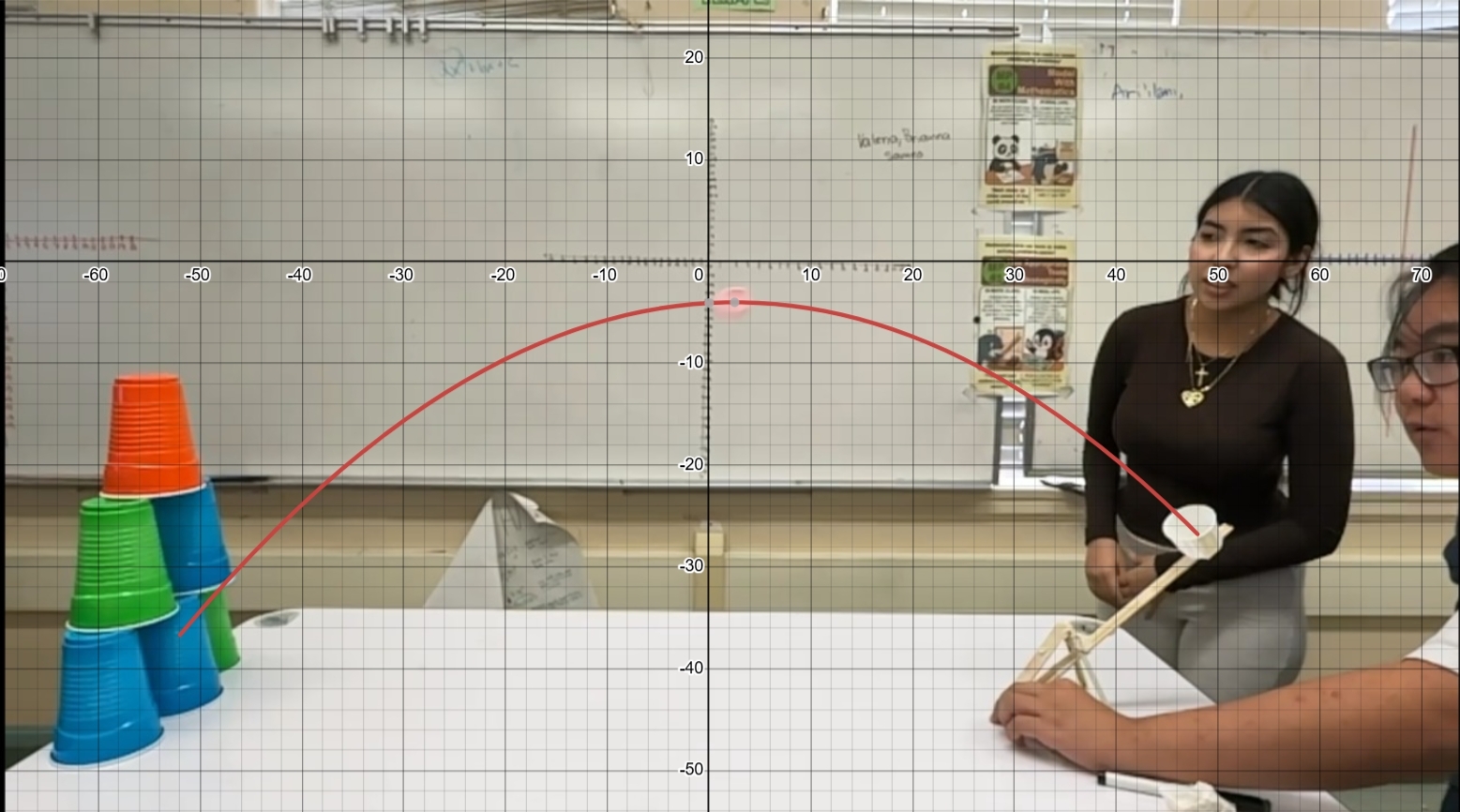Finding Joy in Math: A Teacher’s Perspective
When Math and Joy Meet
When I tell people that joy is at the heart of my math classroom, they sometimes give me a puzzled look. Math and joy aren’t often words we hear in the same sentence. But when I read through my students’ reflections this semester, one word kept coming up over and over again: joy.
And here’s the thing—this joy isn’t just a nice extra. It’s one of the reasons my students are thriving. 45% of my students meet or exceed the state math standard last year, compared to a state average of just 21%. Joy, it turns out, is a powerful driver of learning.
Collaboration and Connection
Joy in our classroom begins with community. Students sit in rotating teams every two weeks, giving everyone the chance to meet new people, collaborate, and learn from one another. Many students shared how much they enjoy the teamwork and the social energy that fills the room. They don’t just work on math—they work on communication, empathy, and problem-solving together.
“When we work as a team, nobody is left behind.”
“It’s fun to get to know new people every couple of weeks.”
This collaboration turns what could be a solitary subject into a shared experience full of laughter and discovery.
Playful and Hands-On Learning
Math in my classroom isn’t about sitting still and grinding through worksheets. It’s about doing. We build marble tracks to explore motion, stack cups and dominoes to study patterns and structure, and engage in team challenges that spark curiosity and excitement. Students frequently mention how these hands-on activities make math feel alive.
“When we build with dominoes or cups, it’s fun because everyone is laughing and helping each other.”
“I felt joy when we did projects—everyone had a part in something.”
When math becomes playful, students engage deeply and naturally. They see math not as something to fear but as something to create.
Freedom, Trust, and Belonging
My students also value the freedom they have to learn at their own pace and the trust they feel in our classroom community. Mistakes are part of the process, not something to hide. Students have shared that they feel supported and comfortable asking questions, helping peers, and even laughing at the missteps along the way.
“I’m glad mistakes are accepted here. It’s the best learning experience I’ve had in a math class.”
“I like how this class isn’t stressful—it feels positive and supportive.”
When students feel that safety and belonging, their confidence grows—and so does their learning.
Celebration and Motivation
Joy also comes from recognition. In our class, points, leaderboards, and the classroom store aren’t gimmicks—they’re tools for motivation and connection. They help make effort visible and remind students that growth is worth celebrating.
“The points make us want to come to class and try hard.”
“It feels good when I’m at the top of the leaderboard.”
Students begin to see that success is not just about grades—it’s about effort, teamwork, and persistence.
Joy in Understanding
There’s also a quieter kind of joy—the satisfaction of finally understanding a concept that once felt impossible. Those moments are small but powerful. I see them in the smiles when a problem clicks or when a group finishes a challenge together.
“I felt joy when I finally understood what we were doing—the work became so much easier.”
“When I got a problem right, it made me proud.”
These are the moments when confidence becomes curiosity, and curiosity becomes mastery.
Conclusion: Joy as a Pathway to Achievement
The joy my students describe isn’t accidental—it’s the result of intentional design. By building a classroom grounded in collaboration, creativity, belonging, and celebration, I’ve seen both emotional and academic growth. When students find joy in math, they’re not only happier—they learn more deeply and achieve more highly.
In my classroom, joy and rigor don’t compete. They coexist. And as my students continue to laugh, build, question, and explore, they remind me every day that the best kind of learning is joyful learning.
About Matt Rector and his students: Matt Teaches IM3 at grant union high school in Sacramento California, 97% of his students are socioeconomically disadvantage, ⅔ are english learners and have the following demographics: 53% Hispanic, 18% Asian or Pacific Islander, 15% Black, 6% claim Two or more races and 5% are White.

